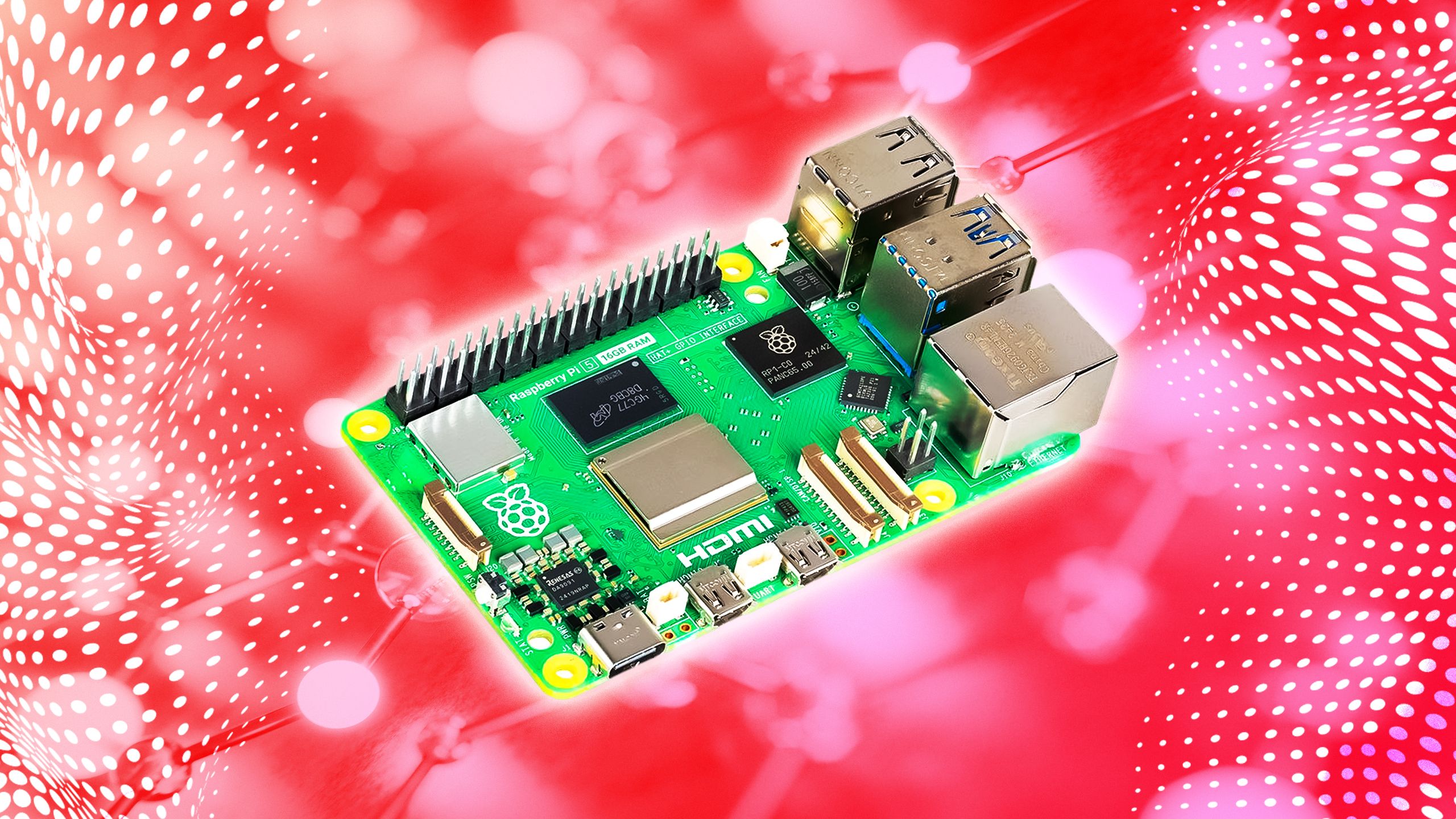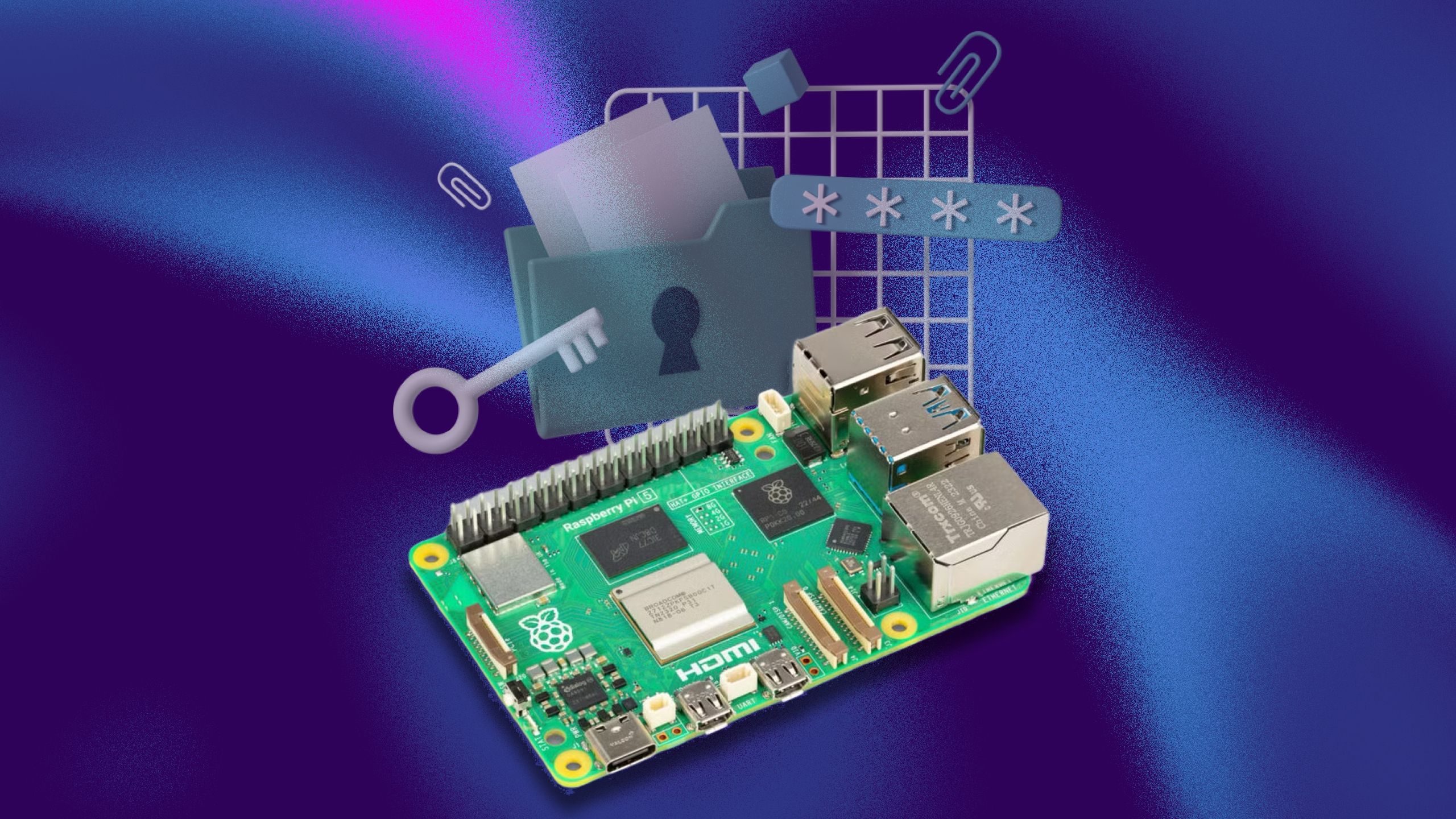Listen up, folks! If you're diving headfirst into the world of IoT (Internet of Things) and looking for the best RemoteIoT Raspberry Pi solutions, you're in the right place. This ain't just another tech article; it's a deep dive into how Raspberry Pi can revolutionize your remote IoT projects. Whether you're a seasoned pro or just starting out, this guide will give you all the tools you need to succeed. Let's get to it, shall we?
Raspberry Pi has become a game-changer in the tech world, and for good reason. It’s not just a tiny computer; it’s a powerhouse for innovation. When combined with remote IoT capabilities, the possibilities are endless. From home automation to industrial applications, Raspberry Pi offers flexibility and scalability that other platforms can only dream of.
But here's the deal: with so many options out there, finding the right setup for your project can feel overwhelming. That's why we've done the heavy lifting for you. In this article, we'll break down everything you need to know about the best RemoteIoT Raspberry Pi configurations, tools, and strategies. So grab your coffee, sit back, and let's explore the world of IoT together.
- Tips Drhomey Your Ultimate Guide To Smart Living Solutions
- Hamel Veronica The Rising Star You Need To Know About
What Exactly is RemoteIoT Raspberry Pi?
Alright, let's start with the basics. RemoteIoT Raspberry Pi refers to using a Raspberry Pi device to manage and control IoT devices remotely. Think of it as a mini-computer that acts as the brain of your IoT network, allowing you to monitor, control, and interact with devices from anywhere in the world. Cool, right?
Here's the kicker: Raspberry Pi isn't just about running simple scripts. It can handle complex tasks like data processing, machine learning, and even real-time analytics. This makes it an ideal choice for both small-scale and enterprise-level projects.
Why Choose Raspberry Pi for RemoteIoT?
Now, you might be wondering, "Why should I choose Raspberry Pi over other options?" Great question! Here are a few reasons why Raspberry Pi stands out in the world of remote IoT:
- Webster Hubbell The Inside Story Of A Legal Giant Who Made Waves
- Richard Pryor Comics The Legacy Of Laughter And Truth
- Cost-effective: Raspberry Pi is affordable, making it accessible for hobbyists and businesses alike.
- Customizable: With a wide range of models and accessories, you can tailor your setup to fit your specific needs.
- Community Support: There's a massive community of developers and enthusiasts who contribute to Raspberry Pi's ecosystem, providing endless resources and support.
- Scalability: Whether you're building a single-device setup or a large-scale network, Raspberry Pi can grow with your project.
Top Raspberry Pi Models for RemoteIoT
Not all Raspberry Pi models are created equal. Depending on your project's requirements, some models will suit you better than others. Here's a quick rundown of the top models for remote IoT applications:
Raspberry Pi 4 Model B
This is the flagship model, packing a powerful quad-core processor and up to 8GB of RAM. Perfect for demanding applications that require heavy processing power.
Raspberry Pi Zero W
Don't let its size fool you. The Pi Zero W is tiny but mighty, featuring built-in Wi-Fi and Bluetooth. Ideal for lightweight and portable IoT projects.
Raspberry Pi 3 Model B+
A solid choice for those who want a balance of performance and affordability. It offers decent specs and is great for mid-range IoT setups.
Setting Up Your RemoteIoT Raspberry Pi
Setting up a Raspberry Pi for remote IoT might sound intimidating, but trust me, it's easier than you think. Here's a step-by-step guide to get you started:
Step 1: Choose Your Hardware
First things first, you need to decide which Raspberry Pi model suits your project best. Don't forget to grab any additional hardware you might need, like sensors, cameras, or power supplies.
Step 2: Install the Operating System
Raspberry Pi runs on various operating systems, but the most popular choice is Raspberry Pi OS. Simply download the image, write it to an SD card, and boot up your Pi.
Step 3: Configure Network Settings
For remote access, you'll need to set up your Pi to connect to your network. This can be done via Wi-Fi or Ethernet, depending on your setup.
Step 4: Enable SSH and VNC
To control your Pi remotely, enable SSH (Secure Shell) and VNC (Virtual Network Computing). These tools allow you to access your Pi from any device with an internet connection.
Best Practices for RemoteIoT Raspberry Pi
Now that you've got your setup running, let's talk about some best practices to ensure your project runs smoothly:
- Secure Your Connections: Use strong passwords and consider setting up a firewall to protect your Pi from unauthorized access.
- Update Regularly: Keep your operating system and software up to date to ensure optimal performance and security.
- Monitor Resource Usage: Keep an eye on CPU, memory, and disk usage to prevent bottlenecks in your system.
- Back Up Your Data: Regularly back up important files and configurations to avoid data loss in case of hardware failure.
Real-World Applications of RemoteIoT Raspberry Pi
Talking about remote IoT is one thing, but seeing it in action is another. Here are a few real-world applications where Raspberry Pi is making a difference:
Home Automation
From controlling smart lights to monitoring security cameras, Raspberry Pi can be the backbone of your smart home. Imagine being able to adjust your thermostat or check on your pets while you're at work – all thanks to your trusty Pi.
Environmental Monitoring
Raspberry Pi is perfect for monitoring environmental conditions like temperature, humidity, and air quality. It can collect data from sensors and send alerts when something goes awry, helping you maintain a healthy environment.
Agriculture
In the world of smart farming, Raspberry Pi is being used to automate irrigation systems, monitor soil moisture, and track crop growth. This leads to more efficient resource usage and higher yields.
Common Challenges and How to Overcome Them
Every great journey comes with its fair share of challenges. Here are some common issues you might face when working with RemoteIoT Raspberry Pi and how to tackle them:
- Connection Issues: If you're having trouble connecting to your Pi remotely, double-check your network settings and ensure SSH is enabled.
- Performance Bottlenecks: If your Pi is running slow, consider upgrading to a more powerful model or optimizing your code for better efficiency.
- Security Concerns: Always use strong passwords and keep your software updated to minimize security risks.
Resources and Tools for RemoteIoT Raspberry Pi
There are tons of resources and tools available to help you succeed with your RemoteIoT Raspberry Pi projects. Here are a few you should check out:
- Raspberry Pi Documentation: The official Raspberry Pi documentation is a treasure trove of information, covering everything from setup guides to advanced tutorials.
- Adafruit Learning System: Adafruit offers a wide range of tutorials and projects specifically designed for Raspberry Pi users.
- GitHub Repositories: GitHub is home to countless open-source projects and code snippets that can help you with your IoT endeavors.
The Future of RemoteIoT Raspberry Pi
As technology continues to evolve, so does the potential of Raspberry Pi in the world of remote IoT. We're seeing advancements in AI, machine learning, and edge computing that are pushing the boundaries of what's possible. Imagine a future where Raspberry Pi-powered devices can predict and prevent issues before they even occur – that's the kind of innovation we're talking about.
Conclusion: Your Next Steps
And there you have it, folks – the ultimate guide to the best RemoteIoT Raspberry Pi setups. We've covered everything from choosing the right model to overcoming common challenges. Now it's your turn to take action. Whether you're building your first IoT project or expanding your existing network, the possibilities are endless.
Don't forget to share your experiences and projects in the comments below. And if you found this article helpful, be sure to check out our other guides on all things tech. Until next time, keep innovating and stay awesome!
Table of Contents
- Best RemoteIoT Raspberry Pi: The Ultimate Guide for Enthusiasts
- What Exactly is RemoteIoT Raspberry Pi?
- Why Choose Raspberry Pi for RemoteIoT?
- Top Raspberry Pi Models for RemoteIoT
- Setting Up Your RemoteIoT Raspberry Pi
- Best Practices for RemoteIoT Raspberry Pi
- Real-World Applications of RemoteIoT Raspberry Pi
- Common Challenges and How to Overcome Them
- Resources and Tools for RemoteIoT Raspberry Pi
- The Future of RemoteIoT Raspberry Pi



Detail Author:
- Name : Evalyn Denesik
- Username : manuela.jakubowski
- Email : solon39@tillman.com
- Birthdate : 1970-10-30
- Address : 4192 Ondricka Center Apt. 329 North Joanaside, IN 32237
- Phone : 704.767.4607
- Company : Jenkins-Windler
- Job : Explosives Expert
- Bio : Nihil eos incidunt nihil hic. Non omnis aut omnis deleniti. Natus ab excepturi placeat non. Quis asperiores illum consequuntur quaerat nihil enim.
Socials
instagram:
- url : https://instagram.com/retta6716
- username : retta6716
- bio : Doloremque ea ut natus est sunt. Quae rem esse aliquid aspernatur. Maxime et quos voluptas commodi.
- followers : 6210
- following : 2940
facebook:
- url : https://facebook.com/retta_id
- username : retta_id
- bio : Eius vel rerum reprehenderit autem aliquam aut sint.
- followers : 891
- following : 829
linkedin:
- url : https://linkedin.com/in/retta7364
- username : retta7364
- bio : Nulla voluptas officia nulla magni.
- followers : 5527
- following : 494
tiktok:
- url : https://tiktok.com/@retta22
- username : retta22
- bio : Aut et ipsum maiores ducimus tempora.
- followers : 3594
- following : 695